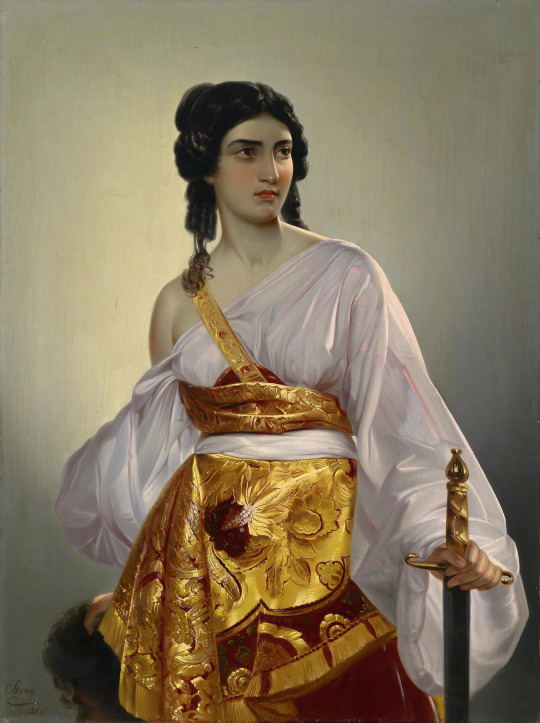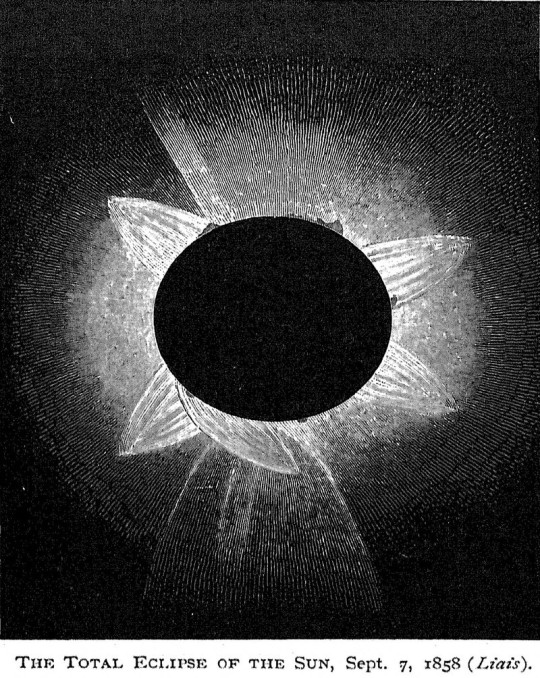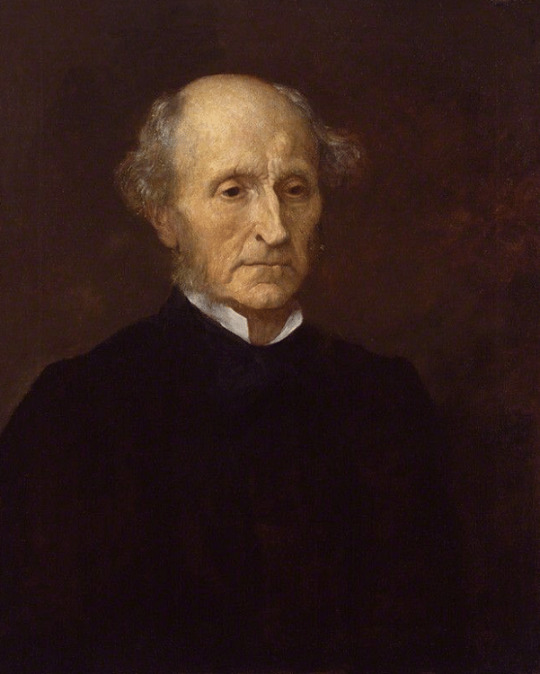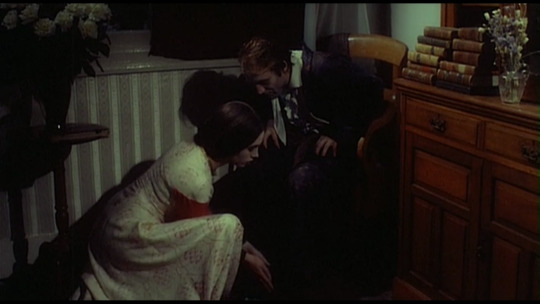#1858
Explore tagged Tumblr posts
Text


~ Bliss of Marriage; or, How to Get a Rich Wife; S. S. Hall, 1858
2K notes
·
View notes
Text

Michael Stroj (Stroy) (Slovenian-born Austro-Hungarian 1803-1871) After Johann Friedrich Ludwig Heinrich August Riedel (German, 1799-1883) Judith with the Decapitated Head of Holofernes, 1858
#Michael Stroj#August Riedel#1858#1800s#slovenian#austro#hungarian#german#art#fine art#european art#classical art#europe#european#fine arts#oil painting#europa#mediterranean#christian art#christian#christianity#judith#judith with the decapitated head of holofernes
755 notes
·
View notes
Text

Three swans. Pen and pencil. 1858. Border detail.
Internet Archive
6K notes
·
View notes
Text


Silk Dress
c. 1858
Kent State University Museum
#blue#1850s#1858#fashion history#historical fashion#19th century#1800s#historical clothing#dress history#history of fashion#frostedmagnolias
2K notes
·
View notes
Text

submitted by @edwardian-girl-next-door 💜❤️
#historical fashion poll submission#historical fashion polls#fashion poll#historical dress#historical fashion#dress history#fashion history#fashion plate#19th century#19th century fashion#19th century dress#mid 19th century#1850s dress#circa 1850#1850s fashion#1850s#1858#skirt
90 notes
·
View notes
Text

Adeline, Countess of Cardigan and Lancastre, 1858
101 notes
·
View notes
Text

April calendar page taken from Illustrated London Almanack 1858.
by VictorianVoices.net
Internet Archive.
54 notes
·
View notes
Text

Le Bon Ton, Journal de modes. September 1858, v. 40, plate 4. Digital Collections of the Los Angeles Public Library
#Le Bon Ton#19th century#1850s#1858#periodical#fashion#fashion plate#color#lapl#dress#bridal#veil#evening#september color plates
86 notes
·
View notes
Text

From The Story Of Eclipses by George F. Chambers, 1903.
No special glasses required to see these lunar and solar eclipses
* * * *
“How then does light return to the world after the eclipse of the sun? Miraculously. Frailly. In thin stripes. It hangs like a glass cage. It is a hoop to be fractured by a tiny jar. There is a spark there. Next moment a flush of dun. Then a vapor as if earth were breathing in and out, once, twice, for the first time. Then under the dullness someone walks with a green light. Then off twists a white wraith. The woods throb blue and green, and gradually the fields drink in red, gold, brown. Suddenly a river snatches a blue light. The earth absorbs color like a sponge slowly drinking water. It puts on weight; rounds itself; hangs pendent; settles and swings beneath our feet.”
— Virginia Woolf, The Waves
[Belles-lettres]
213 notes
·
View notes
Text

Queen Victoria in Cherbourg - Napoleon III receiving the Queen of England on board the ship La Bretagne, August 6, 1858 by, Antoine Léon Morel-Fatio, 1859
140 notes
·
View notes
Text

A Young Woman Reading, 1858
Artist: David de Noter
#reddit#vintageart#obmodder#david de noter#a young woman reading#1858#art#artist#painting#painter#1850s#1800s
22 notes
·
View notes
Text

Wilhelm von Kaulbach (German, 1804-1874) Die Seeschlacht bei Salamis, Detail, 1858 Bavarian State Painting Collections, Munich The Battle of Salamis was a crucial naval battle in 480 BC between the Greeks and the Persian Empire, resulting in a decisive Greek victory. This victory was a major turning point in the Second Greco-Persian War and ultimately helped to prevent the Persians from conquering Europe.
#the battle of salamis#Die Seeschlacht bei Salamis#1858#1800s#Wilhelm von Kaulbach#german art#germany#german#art#fine art#european art#classical art#europe#european#fine arts#oil painting#europa#mediterranean#western civilization#world history
35 notes
·
View notes
Text

The appearance of Donati's Comet on June 2, August 21 and October 5, 1858. Musée des sciences : journal hebdomadaire illustré. 1859.
Gallica
598 notes
·
View notes
Photo

John Stuart Mill
John Stuart Mill (1806-1873) was a highly influential English philosopher of the Victorian Era. His writings were influenced by the Enlightenment thinkers and German Romanticism. Besides philosophical works, he wrote on mathematics, language, and logic. Well ahead of his time, he advocated the abolition of slavery and was a proponent of both children's and women's rights. However, he is best remembered for his essays on utilitarianism, a philosophy developed by Jeremy Bentham (1748-1832).
Life
Born on 20 May 1806 in London, England, John Stuart Mill was the son of the Scottish radical thinker James Mill. James had moved to London to promote Bentham's utilitarian philosophy. Through his father's use of the Socratic method, John was educated by James in the psychological and educational principles of utilitarianism. He was schooled in law, psychology, economics, mathematics, and logic. James Strangroom in his The Great Philosophers wrote that Mill's father's aim was to turn him into a calculation machine. Some believe James accomplished his goal. At the age of three, he read Greek, and at age eight, Latin. By the time he was 14, he had read most of the classic Greek and Latin texts in their original languages. Later, while still in his teens, he edited many of Bentham's unpublished manuscripts.
Like his father, at age 17, he began to rise through the ranks of the British East India Company, remaining there until it closed in 1858. He suffered a nervous breakdown when he was 20. Many believe his repeated bouts of depression were a reaction to the impersonal disciplined teaching of his father and the overwhelming domination that his father imposed on everything in his life. In his The Great Philosophers, Jeremy Strongroom wrote that Mill had been prepared for argumentation and analysis but received no training to help him cope with emotional moods. Luckily, his newfound interest in culture, theater, and the works of English poet William Wordsworth (1770-1850) helped him escape his depression.
In 1852, he married a long-time friend, Harriet Taylor, two years after the death of her first husband. She proved to have a significant influence on Mill as his foremost consultant and critic. She died in 1858. Seven years later, he became a member of Parliament (1865-1868) serving only one term. Mill died on 8 May 1873 in Avignon, France. Among his major works are A System of Logic (1843), On Liberty (1859), and The Subjection of Women (1869).
Continue reading...
23 notes
·
View notes
Text

submitted by @edwardian-girl-next-door 💛🩶🤍
#historical fashion poll submission#historical fashion polls#fashion poll#historical dress#historical fashion#dress history#fashion history#fashion plate#19th century#19th century fashion#19th century dress#mid 19th century#1850s dress#circa 1850#1850s fashion#1850s#1858#skirt
110 notes
·
View notes




